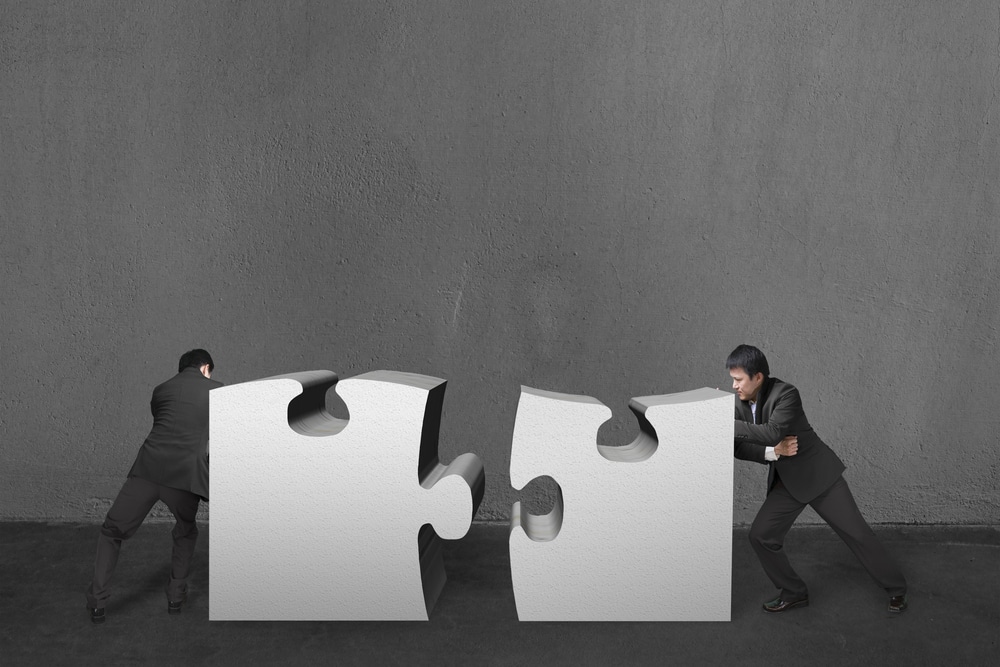
Organizations face growing email security crisis
While businesses continue to depend on email for mission-critical communication, a new report issued by email signature management specialist Exclaimer reveals they're struggling to secure and govern this most essential channel.
The survey of over 4,000 global IT leaders, including 1,000 in the US, and exposes a critical gap: while 86 percent of US IT leaders say more than half of their business communication flows through email, the infrastructure supporting it hasn't kept pace with modern security and governance demands.

Gen Z most likely to fall for phishing attacks
A new survey reveals that 44 percent of all participants admit to having interacted with a phishing message in the last year. Gen Z stands out as the most susceptible demographic, with 62 percent reporting engagement with a phishing scam in the past year, significantly higher than other age groups.
Commissioned by Yubico and conducted by Talker Research, the survey gathered insights from 18,000 employed adults across nine countries including Australia, France, Germany, India, Japan, Singapore, Sweden, the UK and the US. It explored individuals’ cybersecurity habits in both their workplace and personal lives.

Mobile apps expose sensitive data and create privacy risks
New research from NowSecure tested 50,000 mobile apps in August and finds over 77 percent contain common forms of PII.
It’s well known that the vast majority of mobile apps are built using third-party components like SDKs. The study finds that 98 percent of iOS apps have incomplete privacy manifests due to omissions relating to third-party components, violating Apple transparency requirements and creating major blind spots.

Bridging the gap between boardroom and SOC demands [Q&A]
It’s inevitable that different parts of the enterprise will pull in different directions. This is particularly true when it comes to the IT world where operational teams like the SOC tend to focus on operational resilience while management and the boardroom worry about compliance.
We talked to Kyle Wickert, field chief technology officer of AlgoSec, about how IT pros can balance the compliance demands of the C-suite while maintaining security across sprawling hybrid environments.

AI reshapes managed security services but it’s a double-edged sword
A new survey from OpenText Cybersecurity reveals that MSPs find AI as both a driver of growth and source of new challenges as as demand for scalable, integrated tools continues to rise.
In 2024, 93 percent of MSPs and managed security service providers (MSSPs) said AI interest would drive growth in their business that year. That trend has carried forward to this year, with 92 percent of MSPs now reporting business growth driven by interest in AI, and 96 percent expecting AI to drive business growth this year.

System integrations -- strategic phasing or waterfall implementation? [Q&A]
As organizations continue to navigate complex system integrations, one critical decision that arises is whether to embrace strategic phasing or waterfall implementation. The choice of approach can shape the success or failure of projects, particularly when dealing with large-scale ERP consolidations and replacements.
We spoke with Scott Maggiolo, SVP of information technology at Ribbon Communications to understand the pros and cons of each and how the decision is not one-size-fits-all.

DDoS attack volumes surge 41 percent as threats rapidly evolve
The latest Radar report from Gcore finds DDoS attacks have reached unprecedented scale and disruption in 2025, and businesses need to act fast to protect themselves from this evolving threat.
Attack volumes increased by 41 percent compared to Q1-Q2 of 2024, evidencing dangerous long term growth trends predicted in prior Radar reports. The largest attack peaked at 2.2 Tbps in Q1-Q2, surpassing the 2 Tbps peak recorded in late 2024.

Tech investment is needed to fight geopolitical risk to supply chains
A new report finds that nearly three quarters (73 percent) of UK businesses expect geopolitical risk to intensify over the next 12 months, with 62 percent saying their supply chains can’t deal with the shifting geopolitical sands.
The study from Ivalua, based on a survey of 300 supply chain and procurement decision-makers in the UK, shows the war in Ukraine has negatively impacted confidence in their organization’s supply chain the most (77 percent). This is followed by US tariffs (75 percent), military exercises and testing disrupting major shipping straits (73 percent), tensions between China and Taiwan (62 percent), and the war in Gaza (58 percent).

The social media apps harvesting your data for AI
We all know that data is a valuable commodity, whether it’s to build marketing profiles or target advertising. Increasingly it’s also being used to train AI models, but do you know what the sites you use are doing with your information?
Data privacy and removal company Incogni has released its Social Media Privacy Ranking 2025 report, which ranks major social media platforms on user privacy, compliance, and overall data protection practices.

Proton Mail launches new mobile apps for Android and iOS
Popular encrypted email service Proton Mail is rolling out brand new iOS and Android apps, offering users a faster, more modern and smoother experience.
Email started on desktop computers and was designed accordingly. As a result early mail apps could feel awkward with slow speeds, clumsy tabs unintuitive layouts. But today, phones are users' primary access to the internet. With this in mind, over the past year, Proton has embarked on an ambitious project to rebuild Proton Mail's iOS and Android apps from the ground up.

Skeptic or realist? The contradictions in AI technology adoption
Research released today by The Adaptavist Group reveals deep-rooted contradictions in how companies are approaching and implementing AI technology.
The survey of 900 professionals responsible for introducing and onboarding AI across the UK, US, Canada, and Germany uncovers a major fault line between the 42 percent who believe their company’s AI claims are over-inflated -- the AI ‘skeptics’ -- and the 36 percent of AI ‘realists’ who do not.

Two-thirds of people working with AI are not in tech roles
We tend to think of artificial intelligence as being at the cutting edge of technical development, but new analysis from Multiverse shows that over two-thirds of people using AI at work in the UK are in roles not traditionally associated with tech.
The analysis of over 2,500 people on Multiverse’s AI apprenticeship programs reveals that over two-thirds (67 percent) are in non-tech roles -- that is, roles whose job titles don’t include keywords related to tech, data and AI. Instead, among the 50 most common ‘invisible’ roles are frontline public service, education, healthcare and construction roles, including nurses, doctors, librarians, pharmacists, therapists, lecturers and surveyors.

AI is an even playing field -- how secure by design can tip the scale [Q&A]
Vibe coding is currently all the rage, with more than 97 percent of respondents to a survey earlier this year reporting having used AI coding tools at work.
The adoption of these tools only continues to grow but it comes with a catch, attackers are also employing the same techniques. We spoke to Pieter Danhieux, co-founder and CEO of Secure Code Warrior, to discuss how vibe coding is redefining the software development landscape, how malicious actors are also leveraging this technology and the need for organizations to implement secure by design strategies from the outset.

Data security spending at record levels but costly breaches continue
A new report from Fortinet reveals that despite organizations increasing their data security budgets by 72 percent last year, insider-driven data incidents continue to surge, with 77 percent of companies experiencing at least one breach in the past 18 months.
The study, conducted with Cybersecurity Insiders, exposes a critical disconnect, while security leaders are adopting smarter strategies and securing stronger funding, traditional data loss prevention (DLP) tools are failing to protect against today's sophisticated threats in cloud-heavy, distributed work environments.

AI investment soars but only a tenth of projects are fully deployed
New research reveals that while organizations have nearly doubled their overall AI investment to $27 million (up from $14.7 million in 2024) and 87 percent report that the ROI on their AIOps initiatives has met or exceeded expectations, however, only 12 percent of AI projects have reached full enterprise-wide deployment.
The survey, of 1,200 business decision-makers, IT leaders, and technical specialists, from Riverbed shows organizations report facing several significant barriers to AI implementation. The majority are not fully prepared to roll out AI projects, with challenges including persistent issues with data quality and a gap between leadership optimism and the technical realities of implementation.

